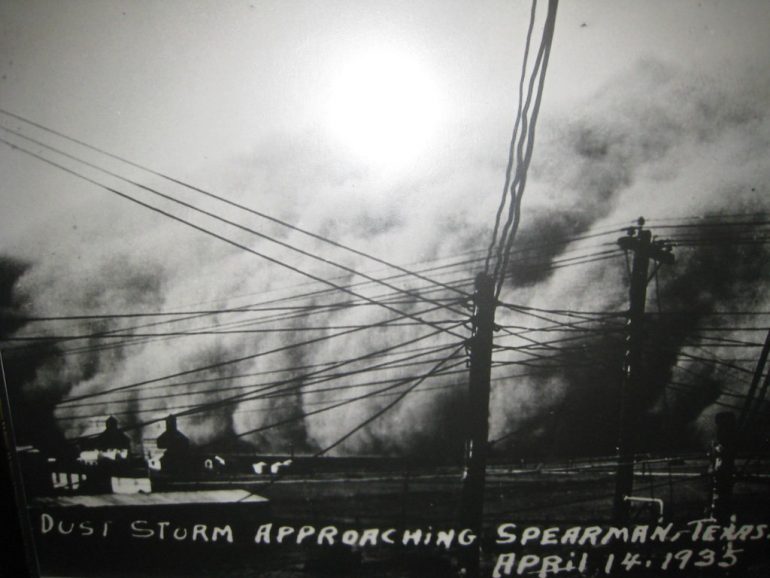When Davis and I began preparations to leave California—moving out of our apartment, putting furniture in storage—we told our friends and family that we were traveling because timing was right: no kids, money saved, work that could be paused or kept up remotely. What we didn’t say, what we had hardly articulated to ourselves, was that we hoped to return somewhere. I missed the summers of childhood, afternoons swept up in nothing more than watching pill bugs patrol tank-like through the grass. We wanted to recover that kind of sustained attention. It felt hard to come by, or maybe it’s just that we’d forgotten how to tend it.
Our four-month summer tour included a farm stay in Romania, a stop we booked without much thought. The farm was within bussing distance to Bucharest, which had cheap flights to Tel Aviv, our next destination. “A Romanian farm!” I chirped to Davis. “It will be so restful.”
The farm, it turned out, was several hours from what could generously be called a town. Our host, Sika, collected us at a bus station and drove us through the countryside. When we tried to engage him, he wagged his finger in the rearview mirror. “No English,” he insisted.
At the farm, his wife Sylvia greeted us. She didn’t speak English either but was quick to the draw with her Google Translate app, pecking at the keyboard with one finger when she wanted to explain a local monastery’s traditions or her son’s career in Bucharest. She apologized for the “peasant food” while sailing back and forth from kitchen to table with homemade cheese, garden tomatoes, grape wine, polenta, fresh-fried donuts, and pork in all possible forms. Between meals, Davis and I digested and read on the porch as rain dripped from the eaves.
It was here that I began thinking about attention, and the ways I had eroded mine. I used to imagine my attention as an endless resource to extend outward, a beam of light connected to a power source. More and more, I wonder if soil is not a better metaphor. If that’s the case, then I’ve done a poor job of tending it. I’ve insisted on production without nourishment. The more I attempt to extract, the more my attention is stripped away from me and whisked into the wind.
On Black Sunday of 1935, the world disappeared into the claustrophobic darkness of 300 million tons of topsoil lifted into the air. Dust blotted out the sky.
The Dust Bowl presented a particular horror in America, a defeat of the land by farmers who had not realized they were waging war. The country’s zeal to grow the same crops in increasing quantities zapped the soil of fertility. The land was overgrazed, overfarmed—and then the rains stopped. When water disappeared the wind took its place. It moved over the prairies in waves, rushing across farms and flinging clouds of soil skyward. In a New Republic article, Avis D. Carlson described the sensation of these dust storms as being hit with “a shovelful of fine sand flung against the face.” Dust sifted over cars, homes, and livestock, stealing through cracks and coating every surface.
In the wake of the Dust Bowl, the Soil Conservation Service sent its assistant chief on an eighteen-month global study of soil. Dr. Walter Lowdermilk, who had studied flooding and famine in China, suspected that there were lessons to be gleaned from agricultural societies across human history—lessons that might save the lives of both farmers and the land.
Lowdermilk began his study in Mesopotamia, the cradle of agriculture. He traced the land’s history back 7,000 years before the Dust Bowl. In the land’s scars, he saw shadows of empires rising and then falling as their soil eroded. The human propensity to strip the land is as old as agriculture, our insistence on productivity seemingly coded within us.
Lowdermilk’s study concluded that cyclical rest was essential for survival. When soil was exploited, overgrazed, and untended, civilizations crumbled. But the opposite is also true: Lowdermilk reported cultures that protected their soil could farm the same land for generations, even centuries. Rested and well-fed soil could produce not without end, but in endless cycles: input and output, fallow and fruitful.
This gives me a roadmap for tending the soil of my attention. Growing good things, from creative work to the capacity for delight, hinges on inactivity. It means resisting the motion and stimulation I’ve come to crave like water, the productivity I wear as a badge. It presumes that ideas feed and take root beneath the surface without my constant intervention and extraction.
There are different kinds of attention: the splintery, frenetic kind, and the deeper, sustained kind. The longer we traveled—which meant weeks that were heavy on rest and light on production—the more I recovered the kind of attention I knew as a child.





